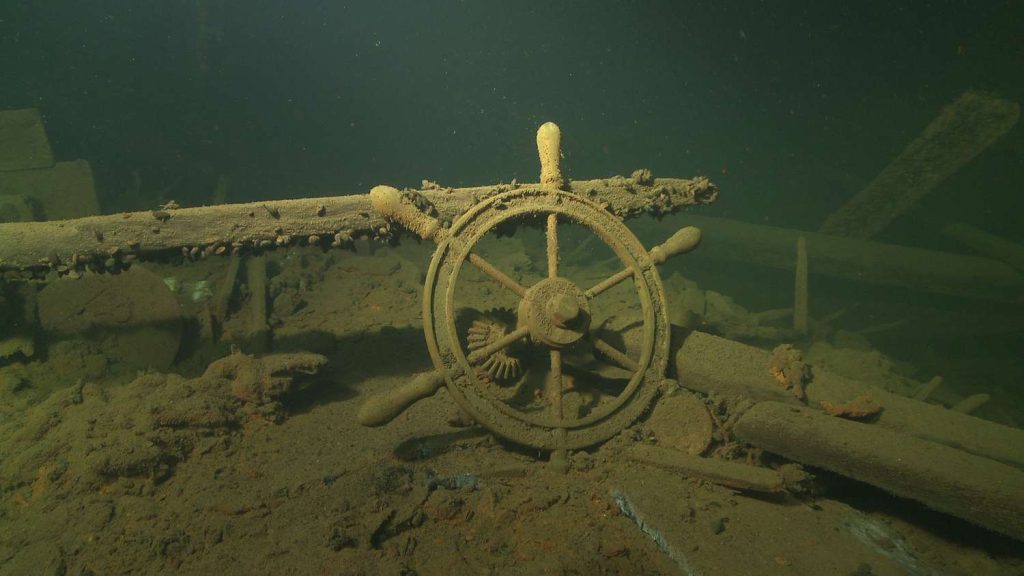Old Sea Legends For Crew is our monthly blog that takes you through the lore and tales of the sea. In this article, we take a look at Blackbeard.
Blackbeard, whose presumed name was Edward Teach, is arguably the best-known pirate from the Golden Age of Piracy. This period of history stretched from the late 1600s to the mid-1720s. Reportedly, he served as a privateer during the War of Spanish Succession (1701 – 1713), and turned to piracy sometime after the war’s conclusion. In death, he lives on as an infamous pirate legend!
Please note: There remains a lot of speculation – as well as theories and versions – about Blackbeard’s life and the exact details surrounding his piratical deeds.
Early Life & Pirating
During the War of Spanish Succession (1701-1713), Blackbeard may have plundered Spanish ships in the West Indies for the British government.
After the war, under the instruction of pirate Captain Benjamin Hornigold, his privateering turned to piracy. Rising through the ranks due to his naval skill, Teach soon became a captain in his own right.

Queen Anne’s Revenge
His Frightening Notoriety
What Did His Flag Look Like?
Allegedly, his flag featured a depiction of a skeleton stabbing a heart with a spear, raising a glass to the Devil with the other hand.

However, in more recent years there have been some challenges to this popular assertion. The flag very well might have resembled a jolly roger.
How Did He Meet His End?
To keep up to date with the latest Superyacht Content News, click here.
Sign up to our Newsletter below:









.gif)












